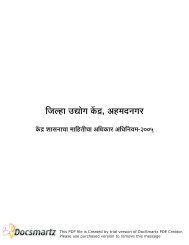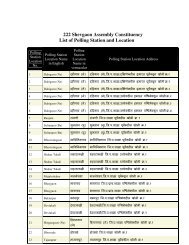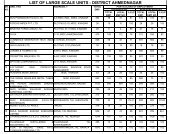1. INTRODUCTION
1. INTRODUCTION
1. INTRODUCTION
You also want an ePaper? Increase the reach of your titles
YUMPU automatically turns print PDFs into web optimized ePapers that Google loves.
maximum extent possible contain it so as to minimise the impact on life, the environment<br />
and property. A formal plan for managing disasters is therefore necessary. This would<br />
include<br />
a. Pre-planning a proper sequence of response actions<br />
b. Allocation of responsibilities to the participating agencies,<br />
c. Developing codes and standard operating procedures for various departments and<br />
relief agencies involved.<br />
d. Inventory of existing facilities and resources<br />
e. Mechanisms for effective management of resources<br />
f. Co-ordination of all relief activities including those of NGOs to ensure a<br />
coordinated and effective response.<br />
g. Co-ordination with the State response machinery for appropriate support<br />
h. Monitoring and evaluation of actions taken during relief and rehabilitation.<br />
"Outline of Vulnerability Assessment" prepared by CSSD/EMC has been used as the basic<br />
instrument to collate district level information to meet the database requirements for the<br />
preparation of DDMAP.<br />
Policy Statement :<br />
The underlying policy of the DDMAP is to protect life, environment and property while<br />
ensuring mitigation of the disaster to the maximum extent possible, relief to those affected<br />
and restoration of normalcy at the earliest.<br />
Essentially, communities draw their support from the social institutions, administrative<br />
structure, and values and aspirations they cherish. Disasters may temporarily disorganise the<br />
social units and the administrative system and disrupt their lives built around these values<br />
and aspirations. A systematic effort to put back the social life on its normal course with<br />
necessary technology support and resources will contribute significantly to the resilience of<br />
the community and nation.<br />
This policy forms the basis of the DDMAP strategy. It aims at capacity building and prompt<br />
utilization of resources in a disaster situation through a partnership of the GOM,NGOs,<br />
Private Initiatives and the community. In pursuance with this policy, DDMAPaddresses<br />
itself to strengthening the pre-disaster and post-disaster responses of variousactors and<br />
stakeholders including the “victims” of the disaster.<br />
Location :<br />
2. OVERVIEW OF AHMEDNAGAR DISTRICT<br />
C:\DOCUME~1\ADMINI~1\LOCALS~1\Temp\C.Lotus.Notes.DataRevised Grain Bank


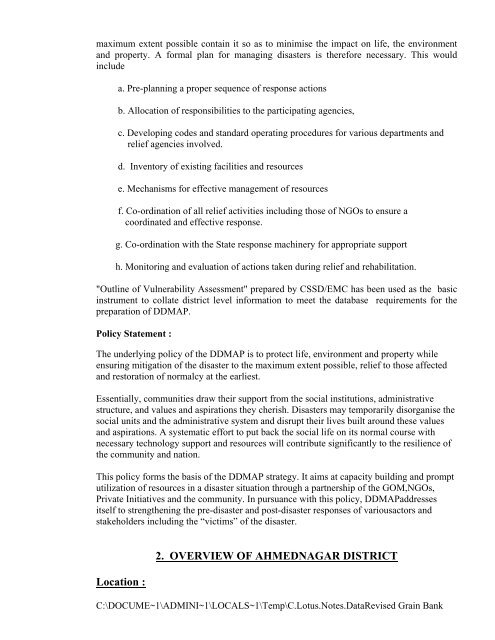
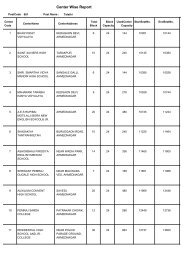
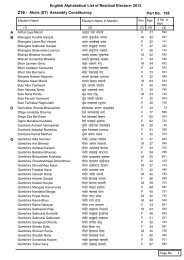
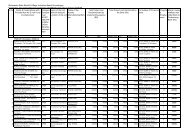
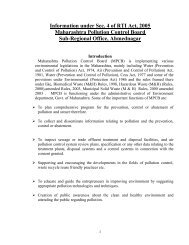
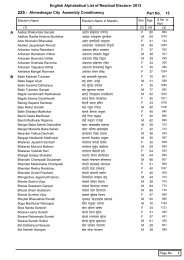

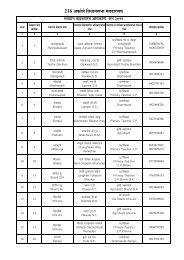
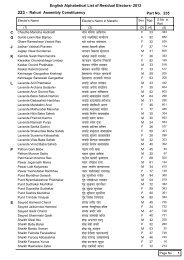
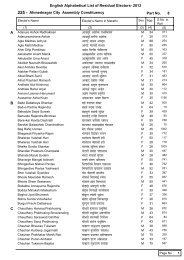
![216 - +ÃŪúÃä]äõ ĶÃŪúià ĶÃÃ>ðŪúÃÄ«Ã +ÃŪúÃä]äõ EÅÃÄÄ·ÃĪÃÃ](https://img.yumpu.com/36478022/1/184x260/216-aaaaaaau-aaaaia-aaaaaaaaa-aaaaaaau-eaaaaaaaa.jpg?quality=85)
